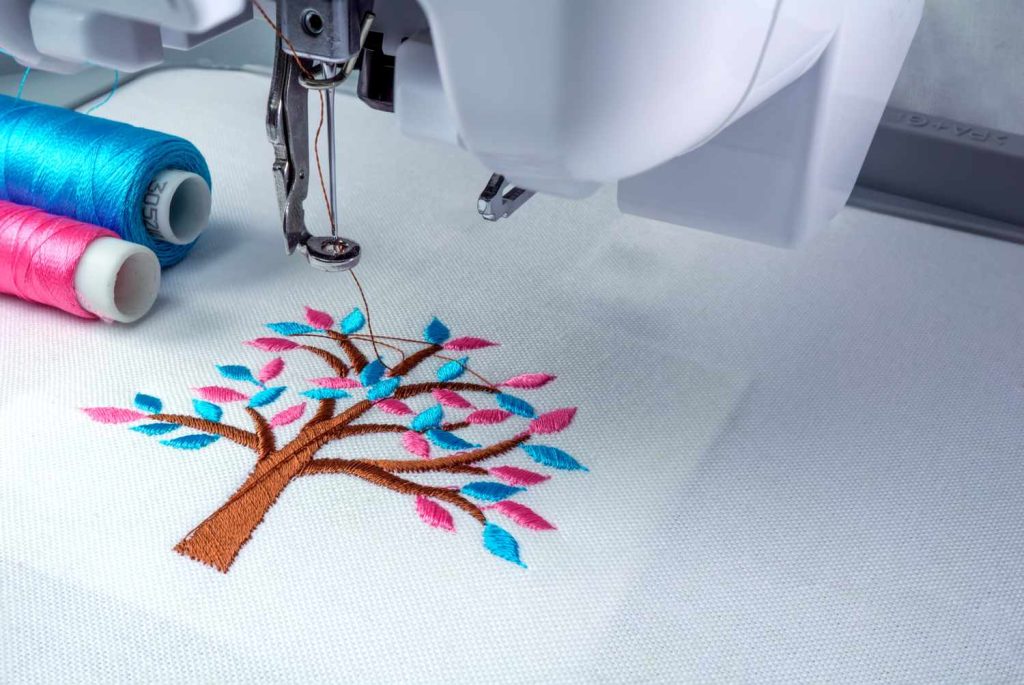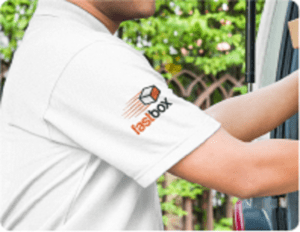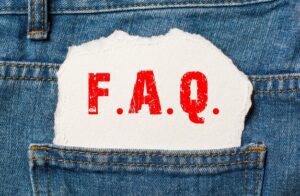
Table of Contents
ToggleIn recent years, digitizing embroidery patterns has grown in popularity as more and more people have expressed interest as more and more people search for “how to make your own embroidery designs?” to create their work of art.
This comprehensive tutorial will teach you about embroidery for beginner’s kit & basically all you need to know to begin digitizing, whether you are an experienced embroiderer or a novice.
Understanding the Basics of Digitizing
Embroidery digitizing is the fun process of converting graphics or your artwork into digital embroidery files that can be read by embroidery machines. For a small business that wants to provide high-quality embroidery services, investing in the best embroidery machine is crucial. If you are just starting then there are tons of best embroidery machines for beginners out there to choose from.
Understanding the Basics of Digitizing
An embroidery machine is a machine that can create intricate designs and patterns on fabric or other materials using thread. Following are the types of embroidery digitizing that can be done:
Types of Embroidery Digitizing:
There are two main types of digitizing;
- Manual Digitizing
- Automatic Digitizing
Within these, they are multiple types of embroidery digitization such as Flat Embroidery, 3D Puff Embroidery, Chenille embroidery, and so on.
Rundown Before We Dive Deeper: Often these questions come to your mind, let us clear all your doubts before we dive deeper;
What can you Digitize into Embroidery?
Almost anything can be digitized into embroidery, including logos, images, and text.
Do you need to be Artistic to Digitize?
Being artistic can be helpful, but it is not necessary to digitize embroidery designs.
How Long Does It Take to Learn Embroidery Digitizing?
It can take several weeks to several months to learn embroidery digitizing, depending on the complexity of the designs and the software used.
Now let’s see how it all really works.
Preparing Artwork for Embroidery Digitizing

Digitizing embroidery designs is like painting a masterpiece. How to digitize a drawing for embroidery? The first step the artwork. You must choose an image that speaks to you, one with crisp lines and defined shapes that will translate into stunning embroidery.
Make sure your picture is in the supporting file format that includes JPEG, BMP, TIFF, PNG, AI, and PDF.
Once that is done, you will need to adjust the size and resolution to match the embroidery hoop size and get ready for digitizing.
Choosing the Right Digitizing Software

Choosing the right digitizing software is crucial to creating high-quality embroidery designs. With so many options available on the market, it can be overwhelming to choose the one that’s right for you.
The top 10 embroidery digitizing companies include Wilcom, Tajima, and Pulse but, our recommendation? WorldEMB! Why you may wonder? It provides high-quality embroidery service which is affordable as compared to Wilcom embroidery studio e4 price, while understanding the importance of time and delivering in the shortest turnaround time.
Pathing
Now once the 2 main things are done that is selecting your artwork and software, the next step is pathing. Using digitizing software to create stitch paths determines the direction and length of each stitch, impacting the final appearance of embroidery, and considering fabric and thread is crucial for creating high-quality designs.
Excited To See Our Quality?
So What Are You Waiting For?
See our portfolo
Techniques and Tricks of the Trade
- Employ High-Quality Images: What file is needed for embroidery? To ensure that the final design is clear, start with a high-quality image or vector file.
- Focus on Stitch Density: Use variations of stitch density for lighter and heavier cloth.
- Choose the Correct Thread: To guarantee that your design looks beautiful and lasts, use the proper type and weight of thread. If you are using a brother machine make sure it is the best sewing thread for the brother machine.
- Employ the Right Underlay: To support the cloth and give the embroidered stitches a solid foundation, use the right kind of underlay.
- Testing: Before embroidering your designs onto the final product, test them on a scrap of cloth to make sure they appear okay.
Our clients are always willing to recommend us to others
They know we’re the best in the business.
Conclusion
Embroidery digitizing is both an art and a science and requires a combination of technical skill and creativity. So is the embroidery business profitable? It sure is! starting with a small 15-needle embroidery machine at home, many entrepreneurs eventually expand to a four-head machine and gain numerous long-term clients due to the low cost of embroidery supplies. All you need is the right tools.
FAQs:
Embroidery digitizing is the process of converting artwork or designs into digital embroidery files
Embroidery designs can be digitized using specialized software and inputting the desired stitch types, density, and other parameters.
A logo can be digitized for embroidery by first converting it to a vector file format and then using specialized digitizing software to create the embroidery design.
Recent Posts

A COMPREHENSIVE GUIDE TO APPLIQUE DIGITIZING
An incredible method for giving clothes character and attractiveness is applique digitizing. Our talented artisans have created a work of art in this place by

SLEEVE DIGITIZING: ADDING STYLE TO GARMENTS WITH EMBROIDERY
Small details and decorations may go a long way towards turning an average piece of clothing into an extravagant fashion accessory. Sleeve digitizing is an approach

EMBROIDERY TRENDS IN THE USA: WHAT’S HOT RIGHT NOW
In recent years, embroidery has seen a rebirth in popularity in the United States, with novel designs and patterns capturing the attention of both interior

THE BENEFITS OF LOCAL VS. OFFSHORE EMBROIDERY DIGITIZING SERVICES
Intricate patterns must be converted into embroidery machine stitch-ready files using digitizing services. Whether you own an entrepreneur with a small company or a member of a

EMBROIDERY DIGITIZING: FAQS AND COMMON MISTAKES TO AVOID
A more elegant-looking and durable solution for customization is embroidery digitizing. Customizing your clothing, bags, and other material goods with embroidery is a terrific idea. Customers

JACKET BACK DIGITIZING: MAKING A STATEMENT WITH EMBROIDERED JACKETS
Your wardrobe serves as a blank canvas on which you may paint your unique personality, sense of style, and artistic vision. It’s crucial to make
